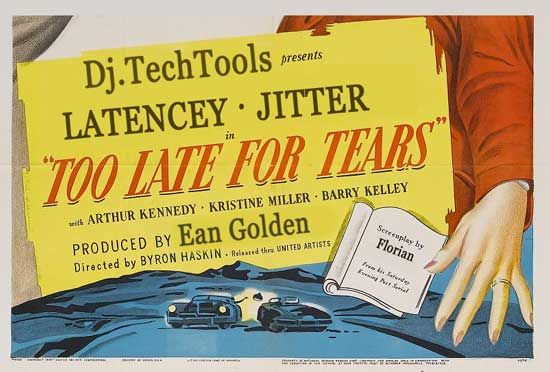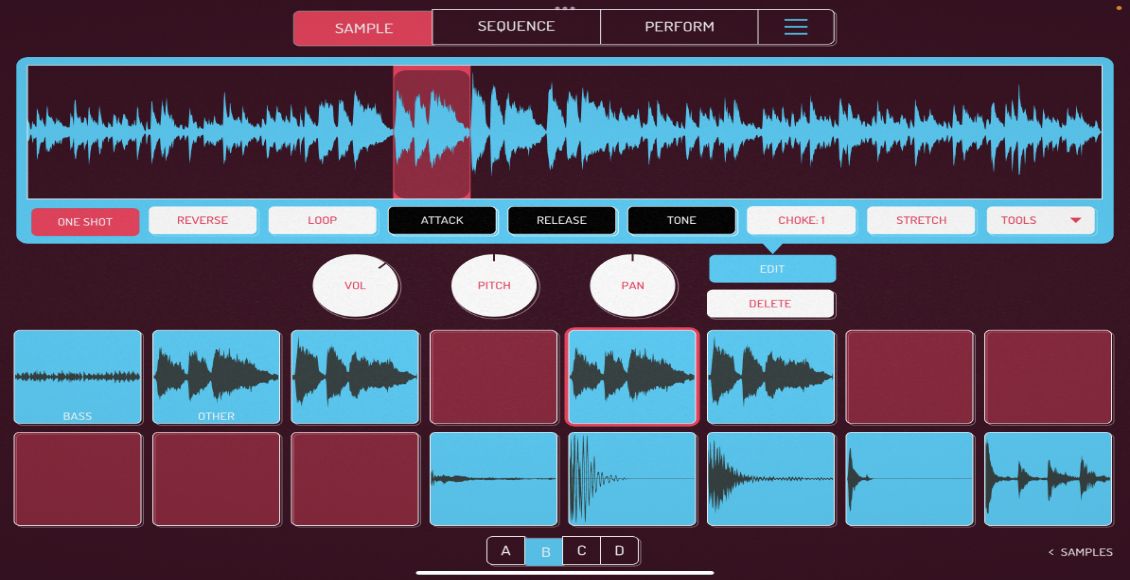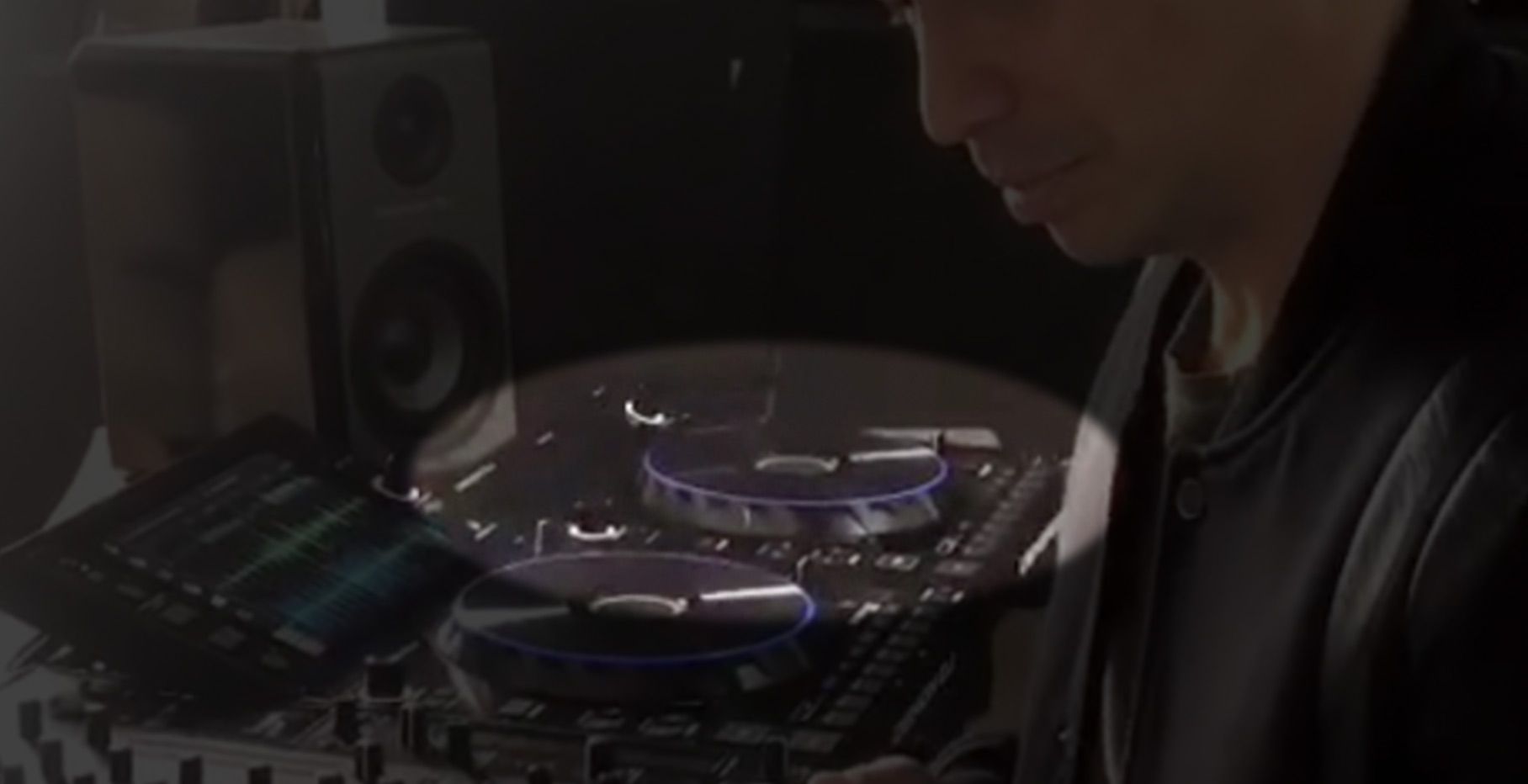Allow me to introduce you to your new least favorite musical companions: latency and jitter. This evil pair can take what would have been a really stellar musical performance and digitally drag the life out of it. Because MIDI is becoming more and more a part of the everyday DJ vocabulary, it’s crucial to understand that not all MIDI systems are created equal. No matter how tight your playing is, sending it through a system that is beset by latency and jitter issues will result in a sound that does not necessarily reflect your skills.
Latency is the delay between when you strike a note and hear the resulting sound on your speakers. Usually this delay is measured in milliseconds. To give you a rough idea of what that amount of time feels like, the time it takes for a camera shutter to operate is about 9 ms. While milliseconds may appear to be a remarkably short amount of time, some studies have suggested that a musician can discern and play with musical variations down to 1.5 ms.
Latency’s partner in crime, jitter, is the average difference in time between each MIDI event’s latency. In other words, if you hit a cue point twice, and the measured latency was 7 ms for one hit and 15 ms for the other hit, the jitter would be 8 ms. A musician may learn to work with latencies and compensate for the delay, but there is no way to compensate for a different delay each time you hit a note. Significant jitter in a system can really kill the musical feel any instrument is supposed to have
THE BACK STORY
MIDI was originally developed as a way to control synthesizers with other keyboards and send useful digital information within an analog environment. In such a case, MIDI was very fast (0.32 ms per byte) and had almost no jitter.
The problem came when music companies started to send MIDI to computers over cables such as USB. The drivers that are required for those devices to communicate with the computer introduced all the problems of modern MIDI and can vary wildly between computer systems and MIDI interfaces. Rather than getting better, the performance of MIDI over USB seems to have gotten worse over time.
HOW BAD IS BAD?
Most people agree that anything fewer than 10 ms is generally acceptable in real-time music environments. That number, however, is the total latency of your system, which comprises several different stages of latency, including the most significant: your audio card. While there are actually many more parts of the system that can introduce a delay, the two most significant are: 1) the time it takes for your key press to be recognized by the software (MIDI latency), and 2) the time it takes for the sound to travel from the software to the speakers (audio latency). With the speed of computers increasing and audio drivers getting better all the time, audio latencies of 3 to 7 ms are realistic. That leaves only about 3 ms of MIDI latency if we want to stay under our target system goal. In terms of jitter, 1 ms is ideal and anything larger than 2 ms will start to affect performance. The good news? Those figures are achievable. The bad news? Some MIDI interfaces have been tested to have as much as 20 ms of latency and 12 ms of jitter.
UPGRADE YOUR TIMING
Florian Bomers, creator of Bome’s MIDI Translator software (www.bome.com), recommends the following ways to ensure your system has the best chance of MIDI timing success. Bomes is also the the software engine behind our own mini.Translator.
- Use only one device per MIDI cable (don’t use the same device for audio and MIDI if possible).
- Don’t use USB hubs.
- Don’t run virus scanners on your computer (Windows).
- Use a dedicated music computer with only your performance software installed.
- Turn off spotlight (Mac).
- Theoretically, connecting your controller via 5-pin MIDI cable to a PCI audio card would give you low latency if your controller does not typically send (or receive) multiple MIDI messages at once.
Read our full interview with Florian
TEST YOUR SYSTEM
Here is a simple way to test your overall system latency, so you know how bad it really is. Connect your MIDI controller to a sequencer or your favorite DJ program and use a MIDI button or key to trigger a sound with a sharp attack such as a kick or snare. You will need two microphones routed to the left and right channels of a stereo pair. One will record the sound of you hitting a key and the other will record the sound as it comes out of a speaker. Record them both into a waveform editor such as Adobe Audition or BIAS Peak. Once you have recorded the results, select the area between the beginnings of each waveform. This distance as displayed in your audio editor is the final system latency of all factors combined, including computer, software, audio card and MIDI interface.
I hope this article won’t scare you too much; chances are high that your actual MIDI performance may be fairly good. That being said, now is a great time to find out just how much that computer may be affecting your music without you realizing it. Bomers seemed positive about MIDI’s prospects for a bright future. “I’m sure that the unique properties of MIDI (real time, multipurpose, efficient, low cost) will be very useful for many decades to come,” he says. The MIDI Manufacturers Association (www.midi.org) in Japan is currently working on a new version of MIDI (working title: “HD”). Improvements for latency, jitter and throughput are high on the list, plus higher resolution (as high as 32 bits). That’s good news for future controllerists who need full expression of every single button tap.
This article was originally published in Ean Golden’s Remix magazine column “the digital dj”










